Case 02 The Swimming Robot
Introduction
Swimming is a sport and skill in which you float in the water by your own power and move forward through the water with the movement of your own limbs. Competitive swimming is the second largest sport in the Olympic Games and includes: butterfly, backstroke (also known as backstroke), breaststroke, jibe (also known as freestyle), four strokes of racing, and synchronised swimming. There are many benefits to swimming, such as toning, cardiorespiratory fitness, relaxation and improved confidence. Swimming is also a low-impact exercise that can reduce joint and bone damage. In this lesson we will use the Nezha Inventor's Kit V2 to create a robot that simulates the sport of swimming.
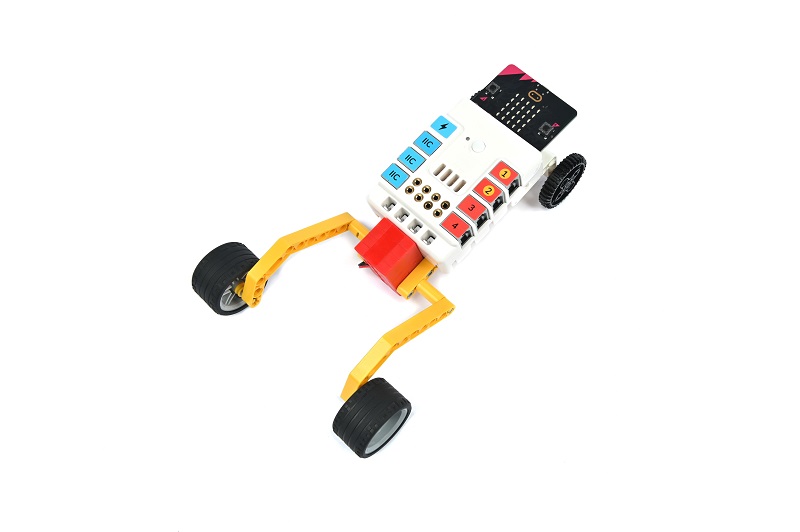
Teaching Objectives
- By making a swimming robot, students will learn how motors work and how to use them, and how they can be used to drive the movement of a robotic arm.
- By making a swimming robot, students will learn about the meaning and benefits of swimming movement and how to simulate the process of swimming movement.
- By making a swimming robot, students will be able to explore the effect of friction on the speed of a swimming robot and understand the relationship between speed, time and distance travelled.
- Through making swimming robots, students develop hands-on skills, creativity, collaboration and problem-solving skills.
Teaching Preparation
A timer
Teaching Process
Introduce
Introduce students to the background and objectives of swimming and robotics to stimulate their interest and curiosity.
Swimming is a sport and skill that involves floating in the water on one's own and using one's own body movements to move forward in the water. Swimming can be divided into competitive swimming and practical swimming. Competitive swimming is the 2nd largest sport in the Olympic Games and includes: butterfly, backstroke (also known as backstroke), breaststroke, jig (also known as freestyle), 4 strokes of racing, and synchronised swimming. There are many benefits to swimming, such as toning, cardiorespiratory fitness, relaxation and improved confidence. Swimming is also a low-impact exercise that reduces joint and bone damage.
We don't have a suitable venue for swimming in the classroom, we can make a swimming robot to simulate the action of swimming, would you like to try it out?
Exploration
A discussion in groups to get students thinking about how to build a swimming robot out of block materials, focusing on the effect of friction on speed, the use of motors and design options for the robotic arm.
- The effect of friction on speed;
- How we can move the robot forward without the use of wheels for rolling;
- Exploring the relationship between speed, time and distance travelled;
- Design options for the robotic arm can be based on your own thoughts and ideas, but with attention to structural stability and feasibility.
Practice
Work in groups to create a swimming robot from block materials according to your own design.
Build a swimming robot out of building blocks according to your own design.
Examples
Building Steps
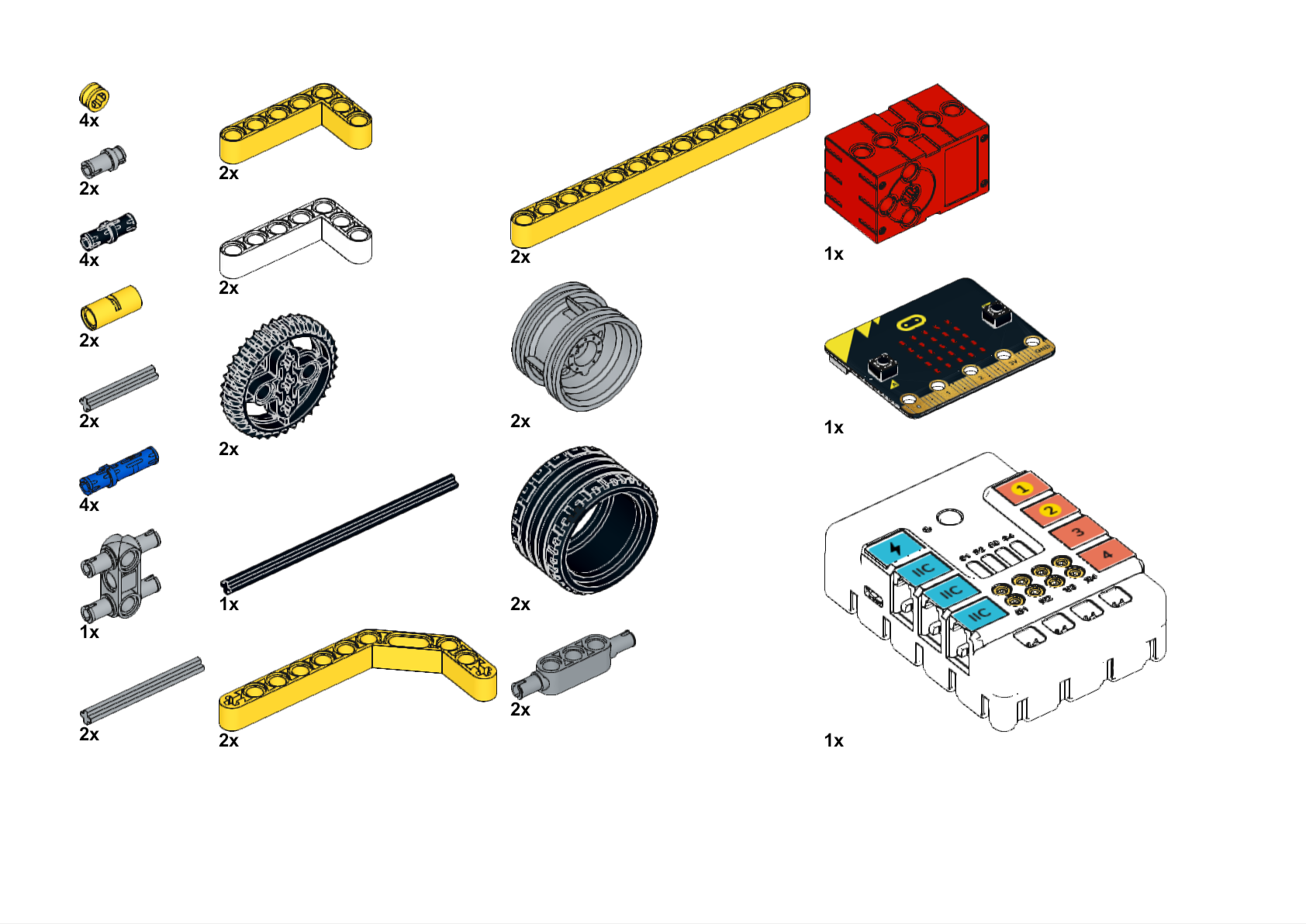
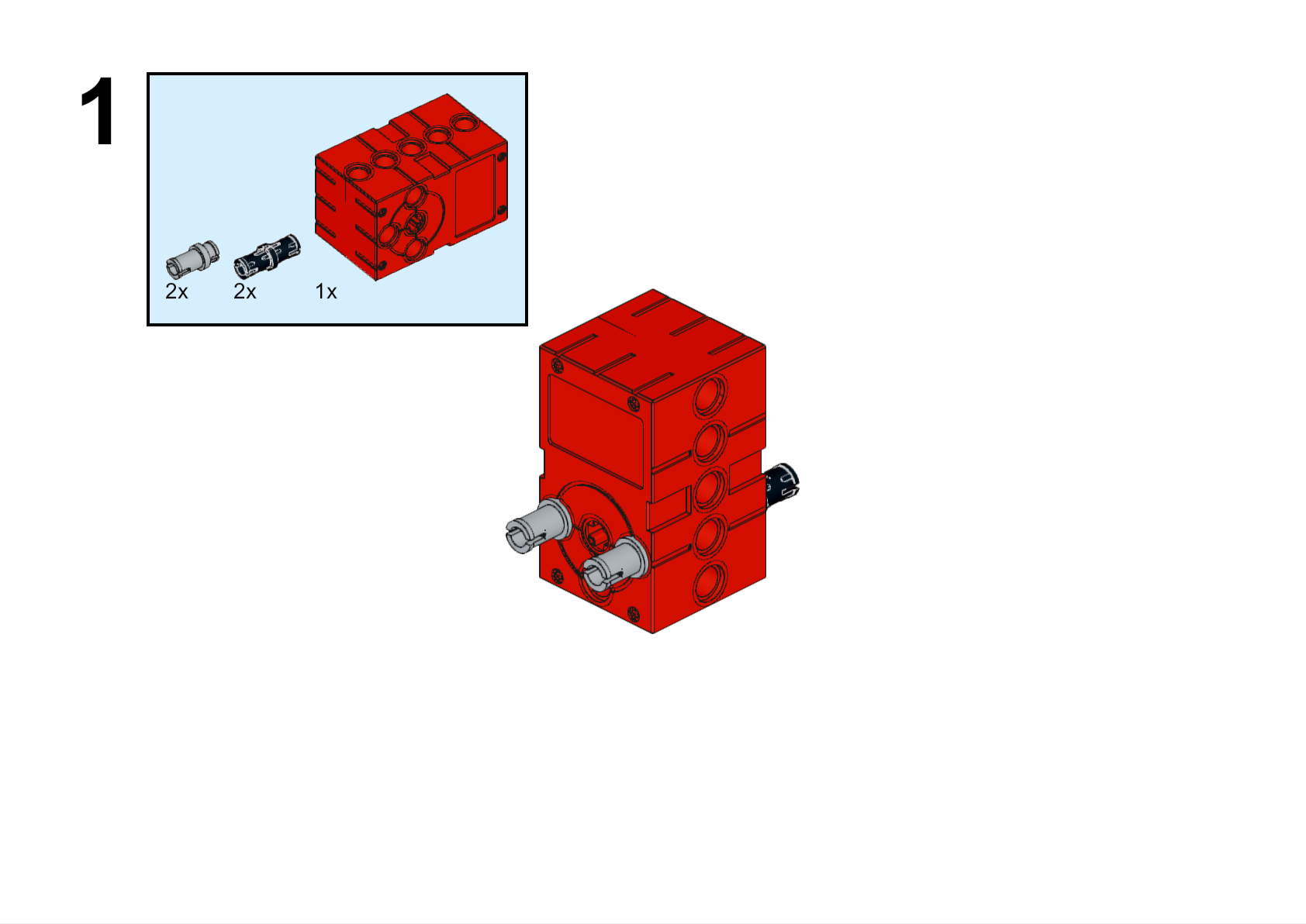
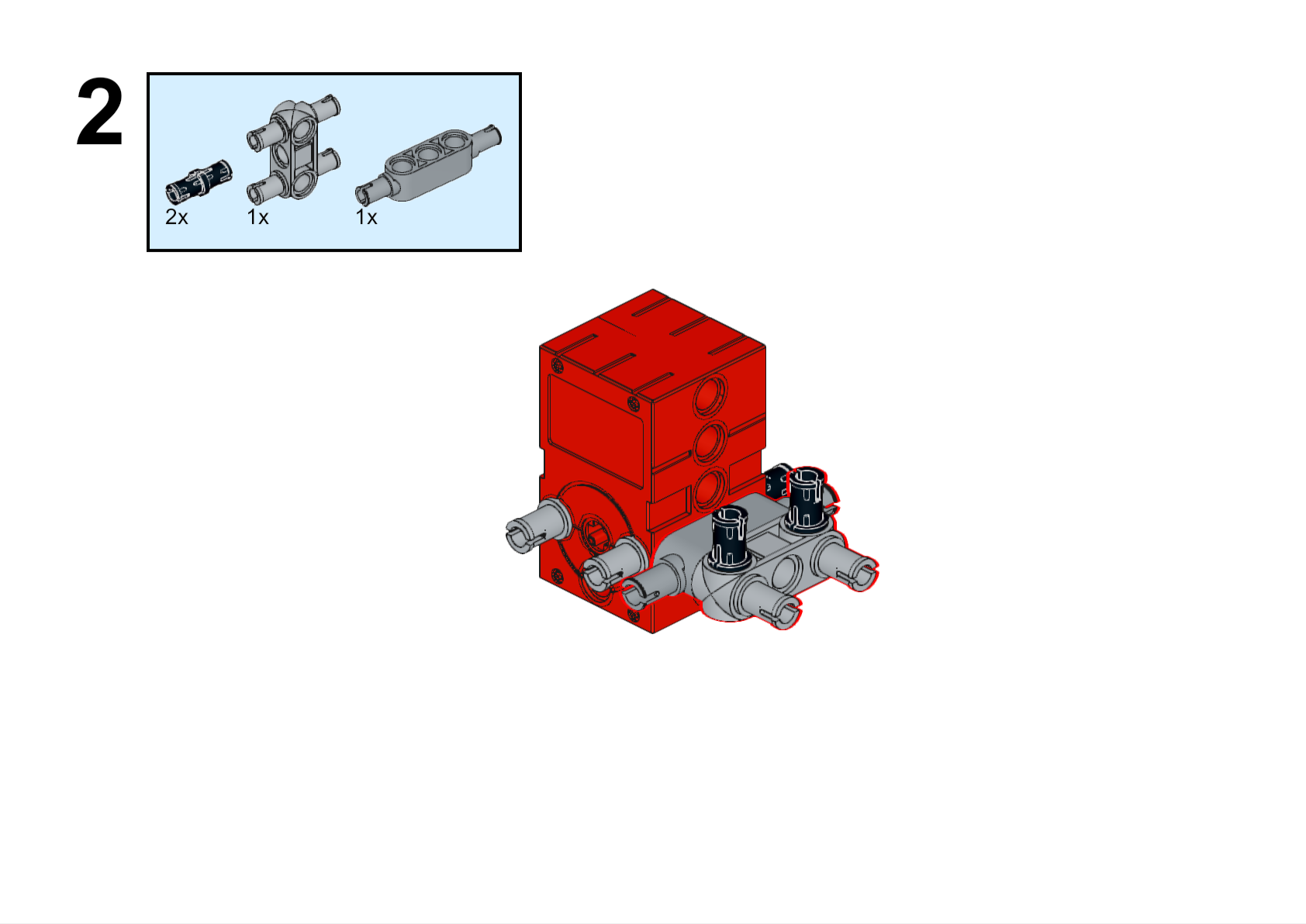
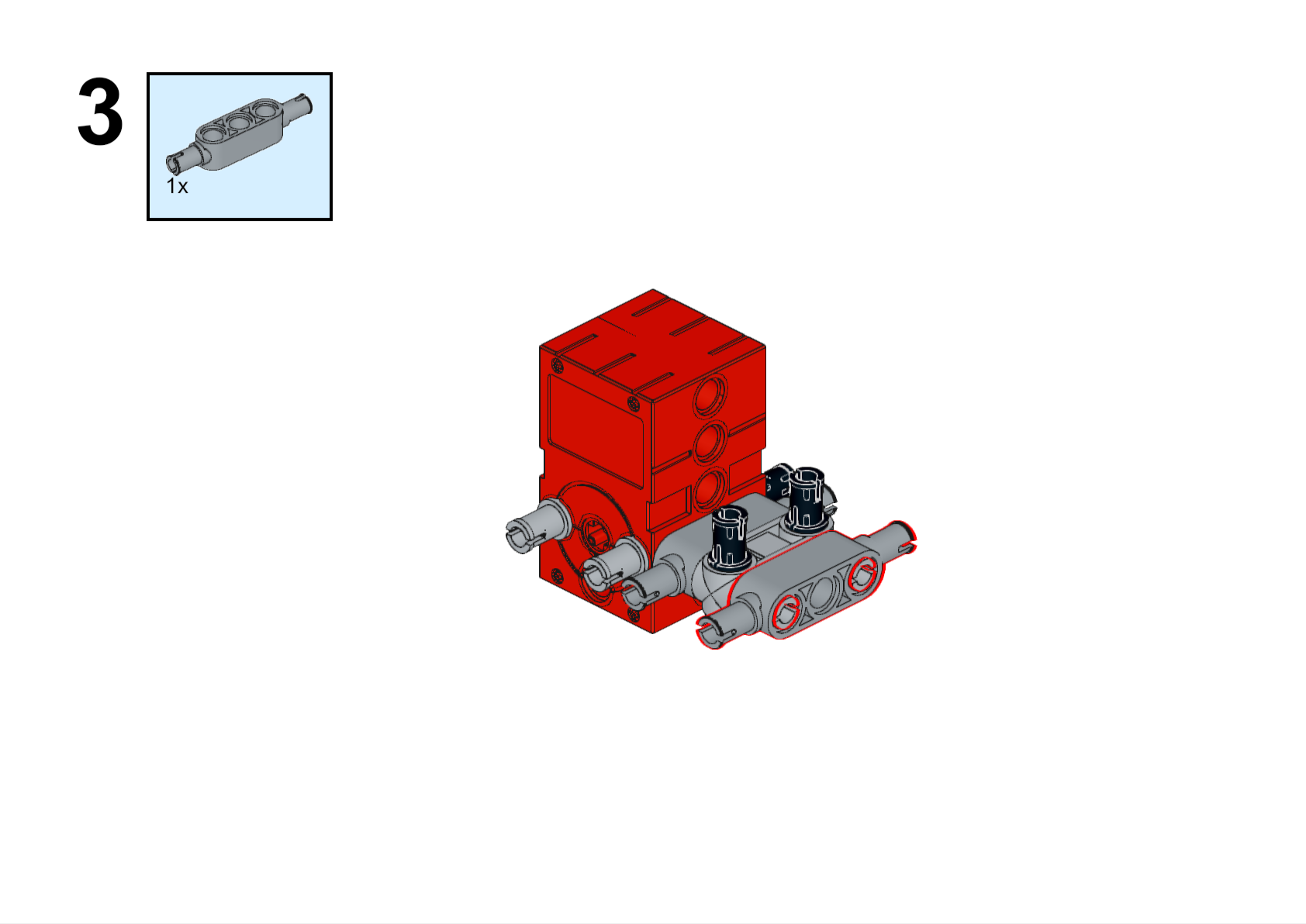
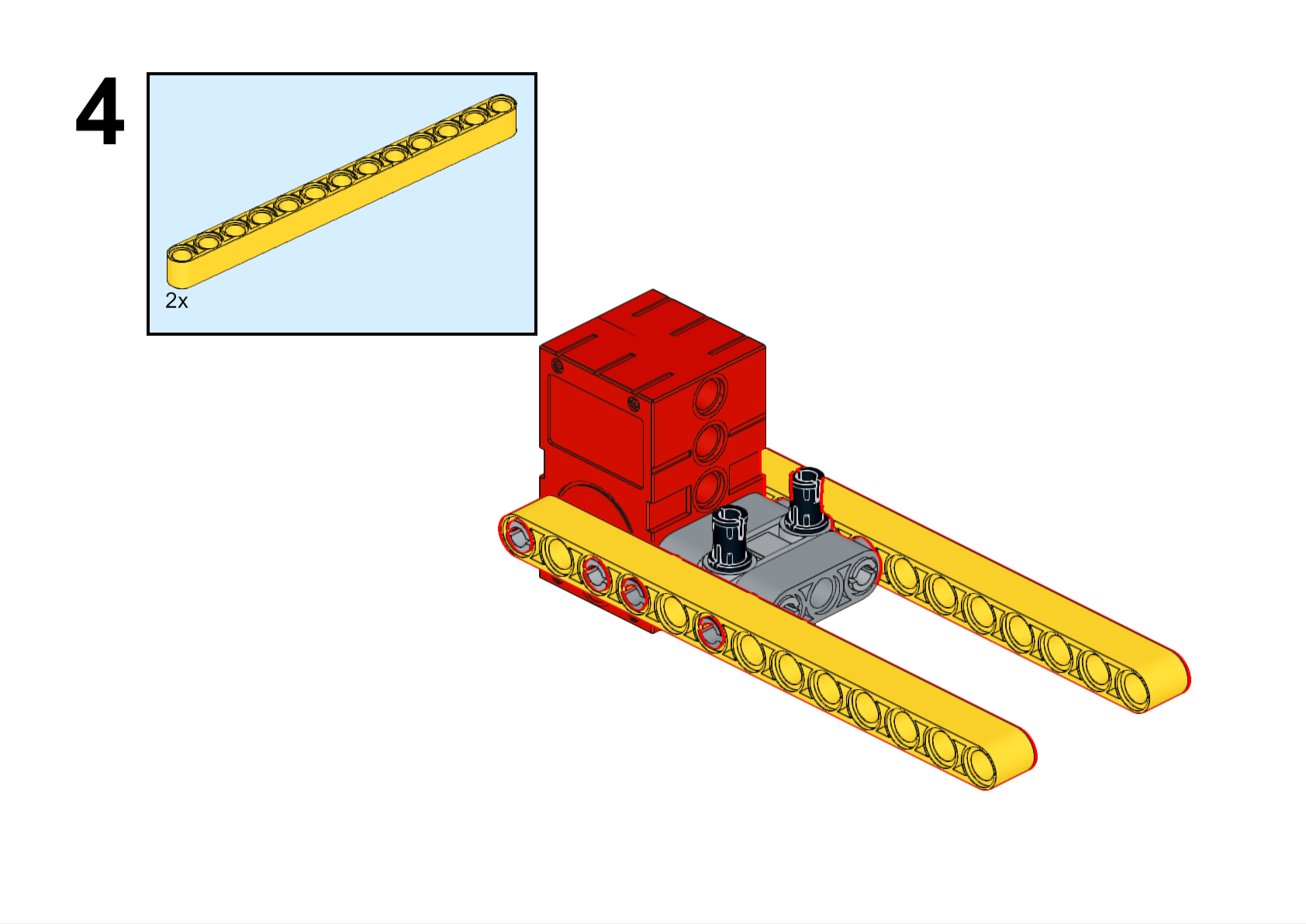
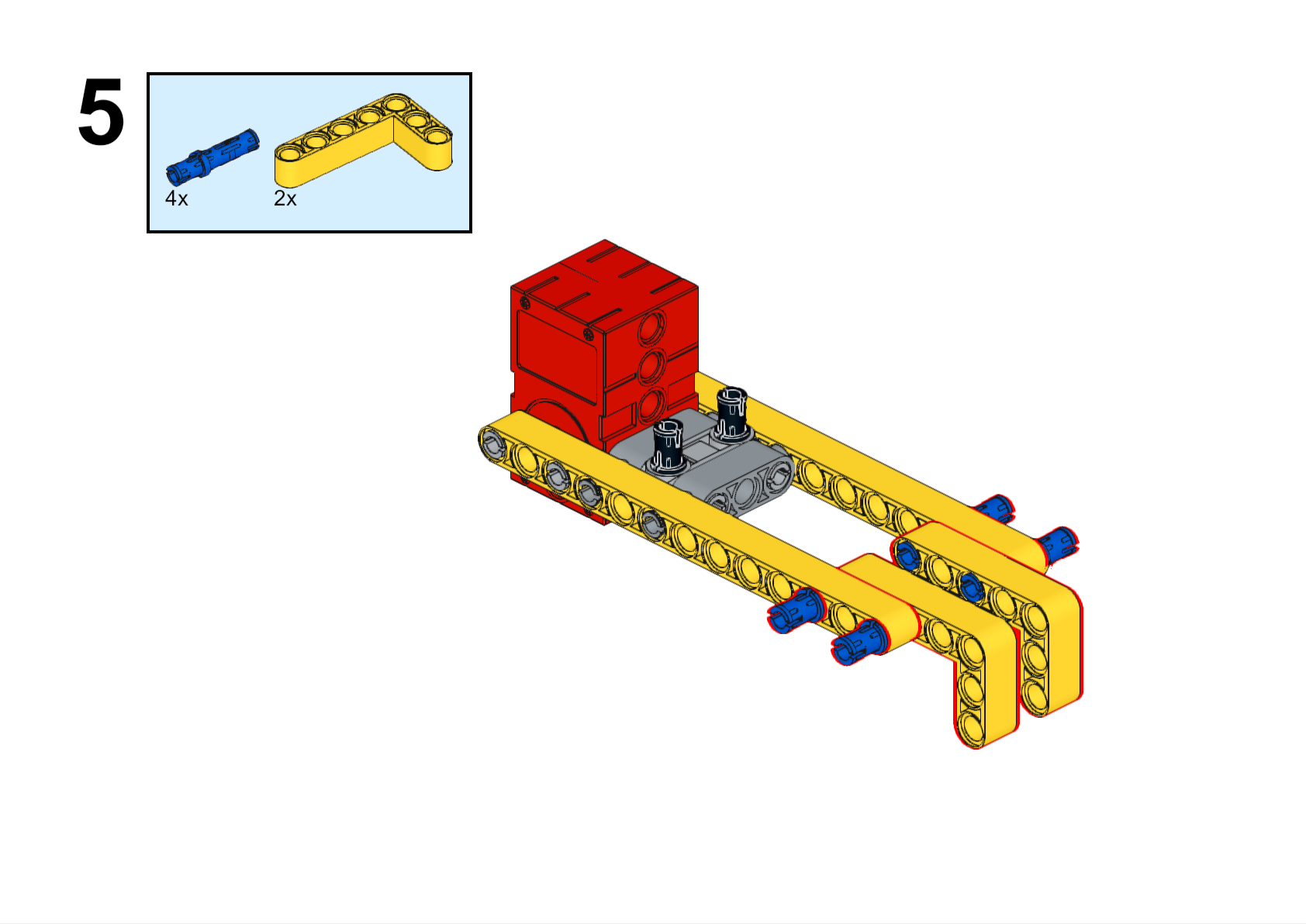
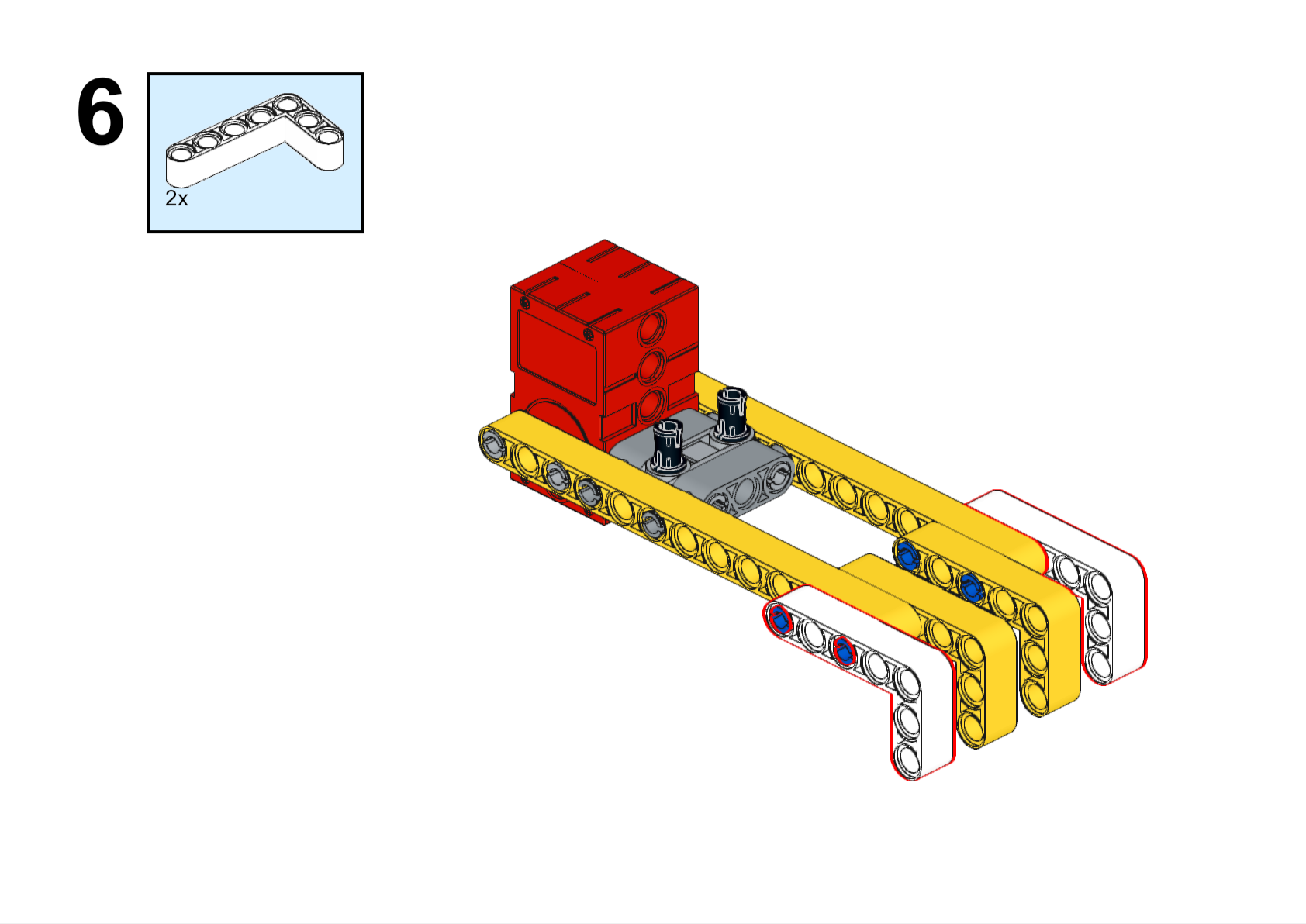
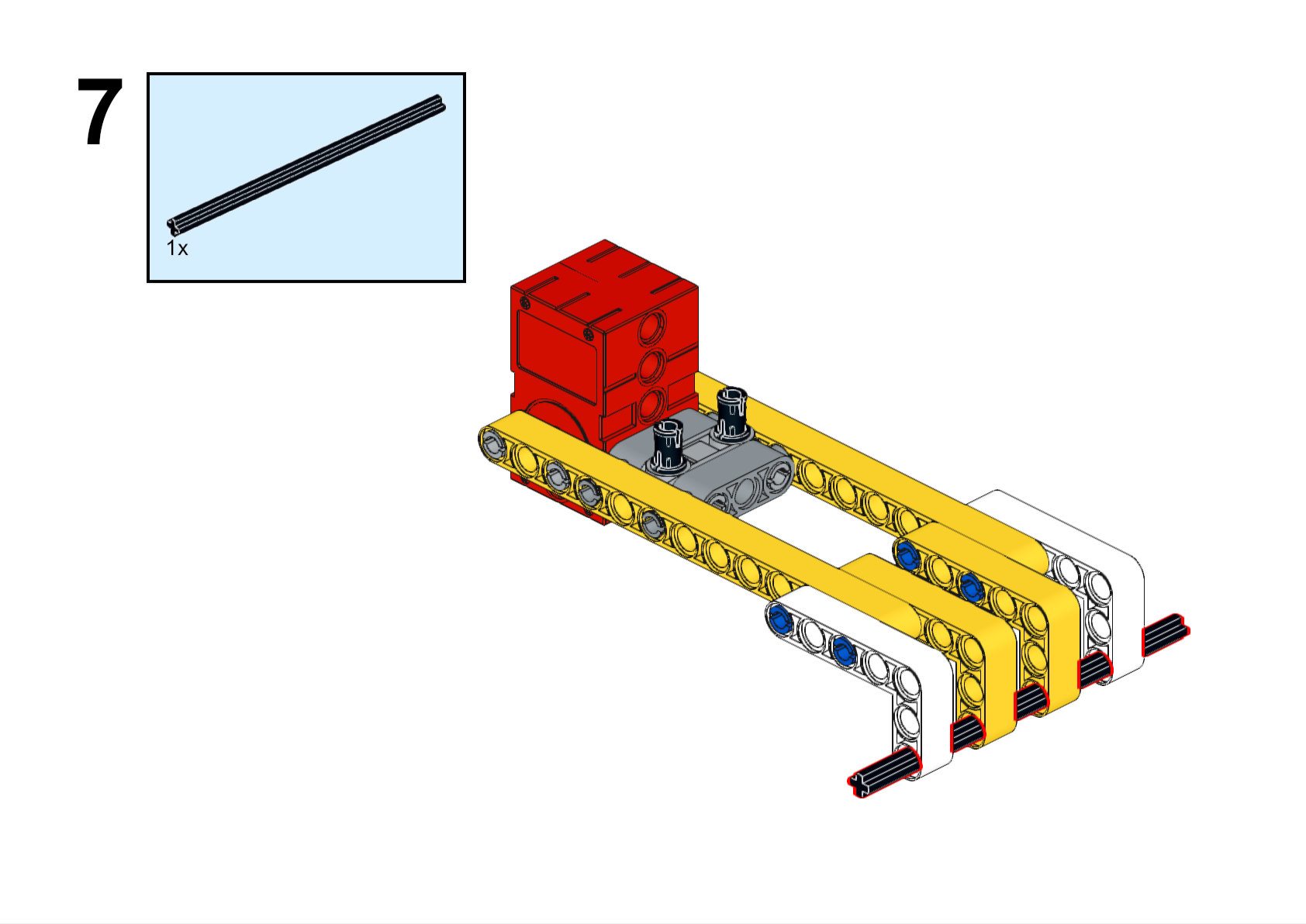
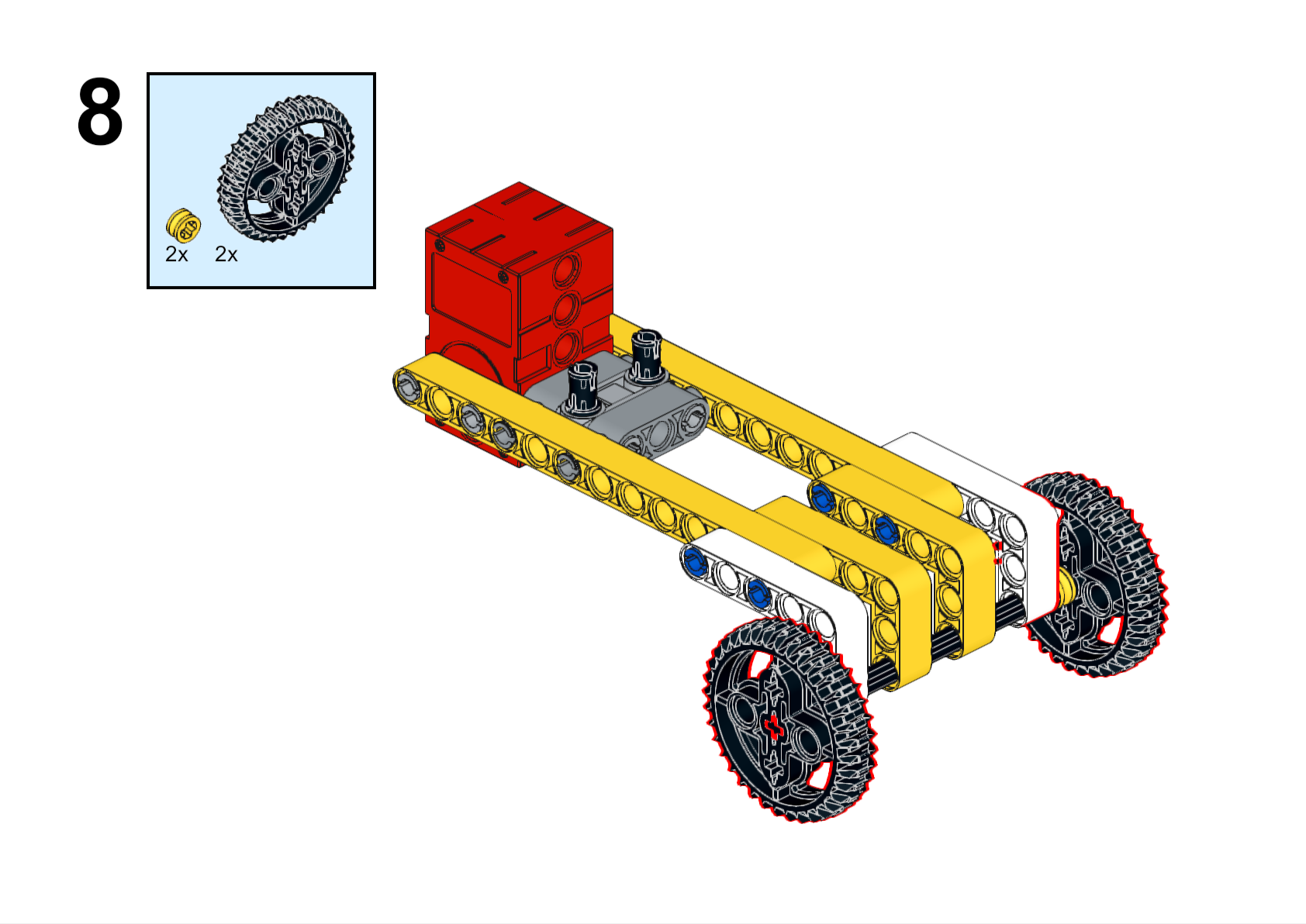
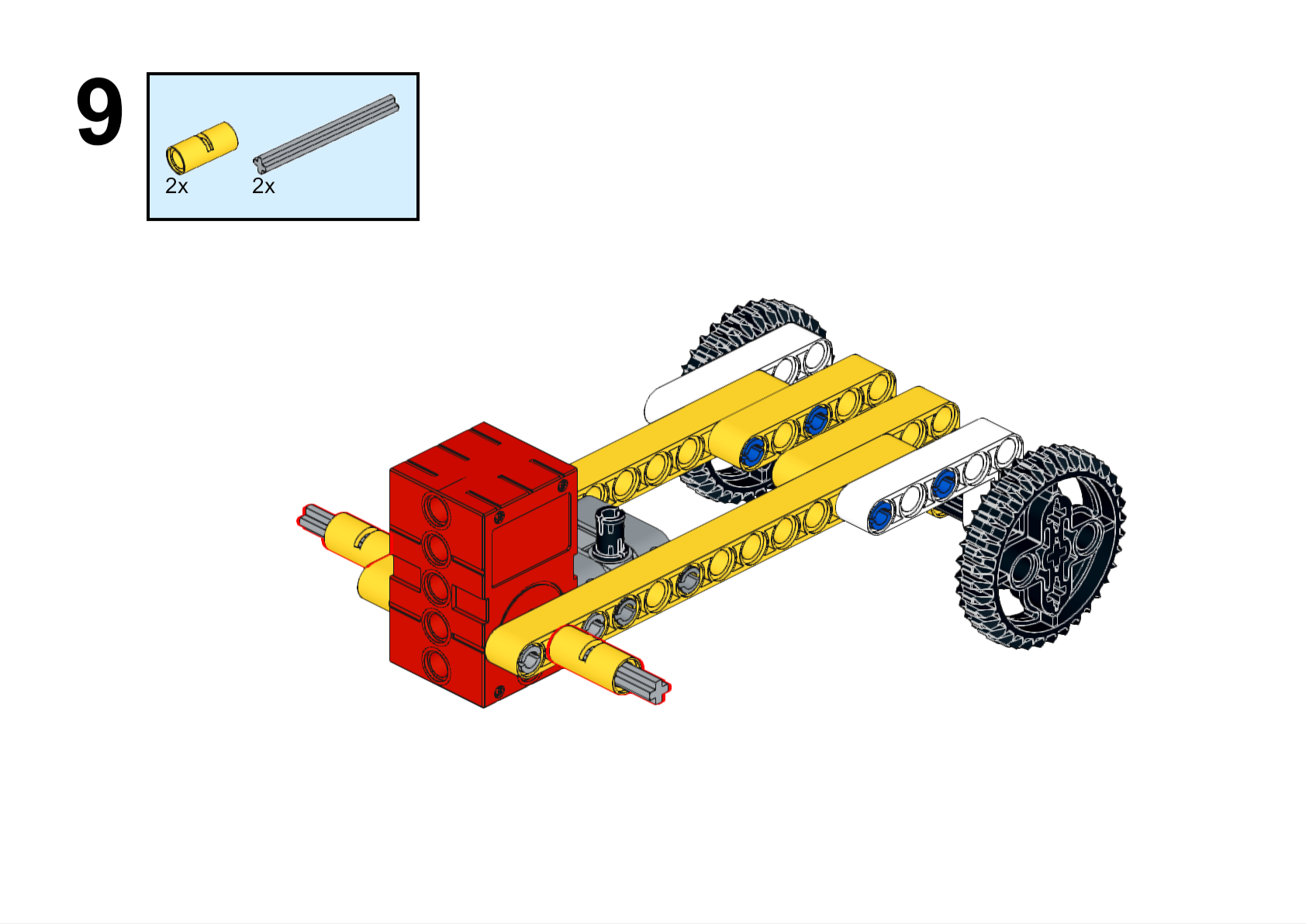
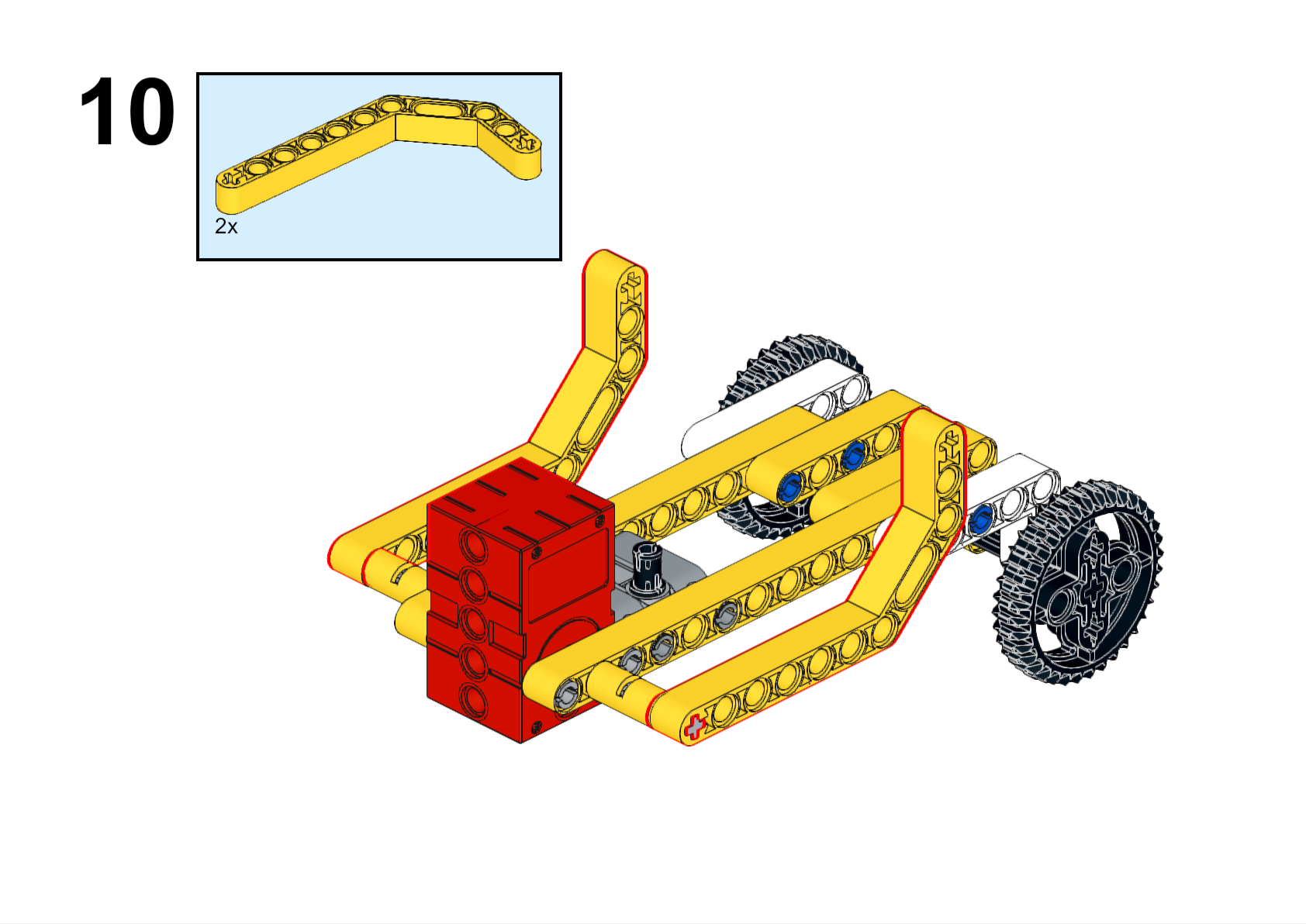
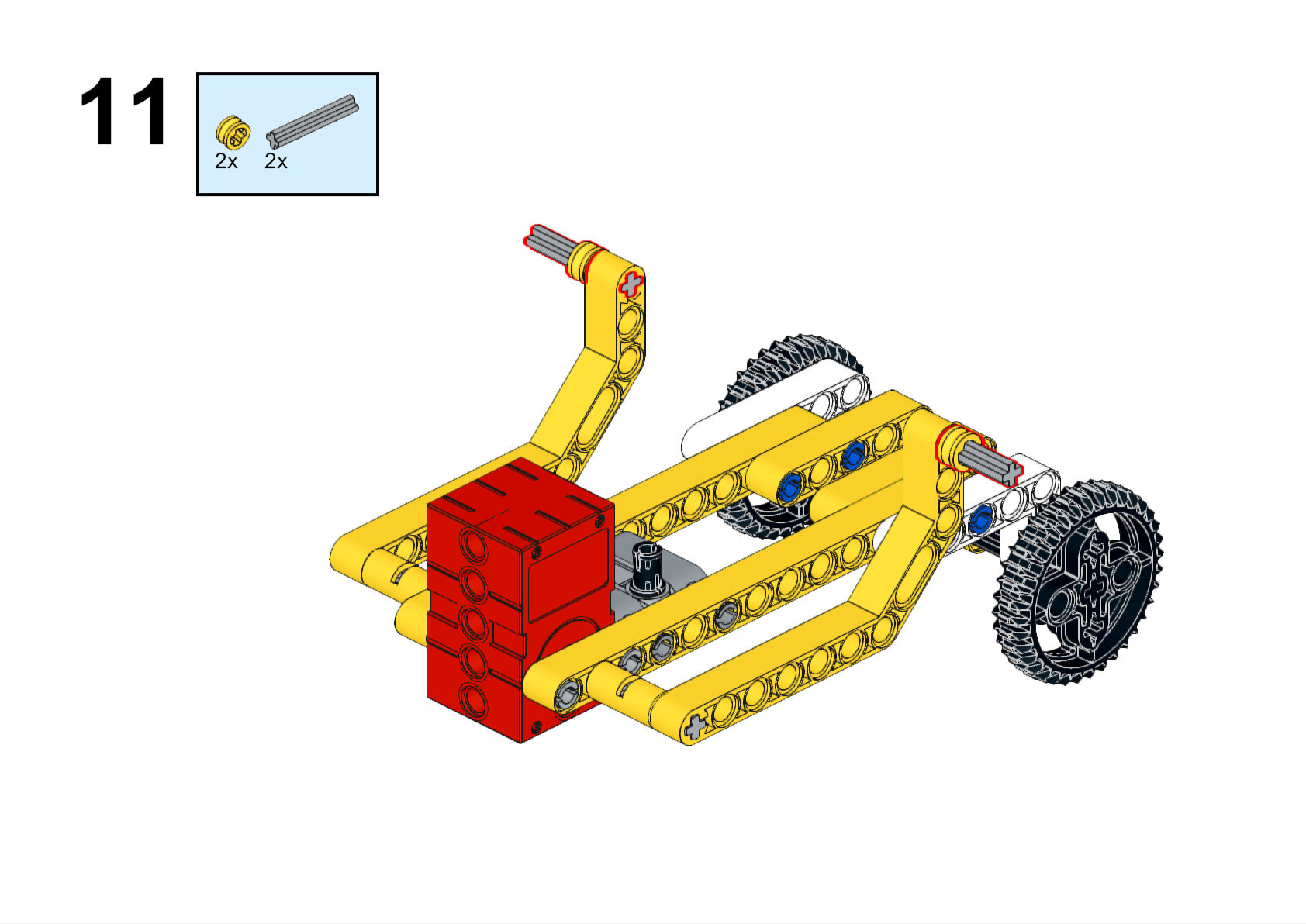
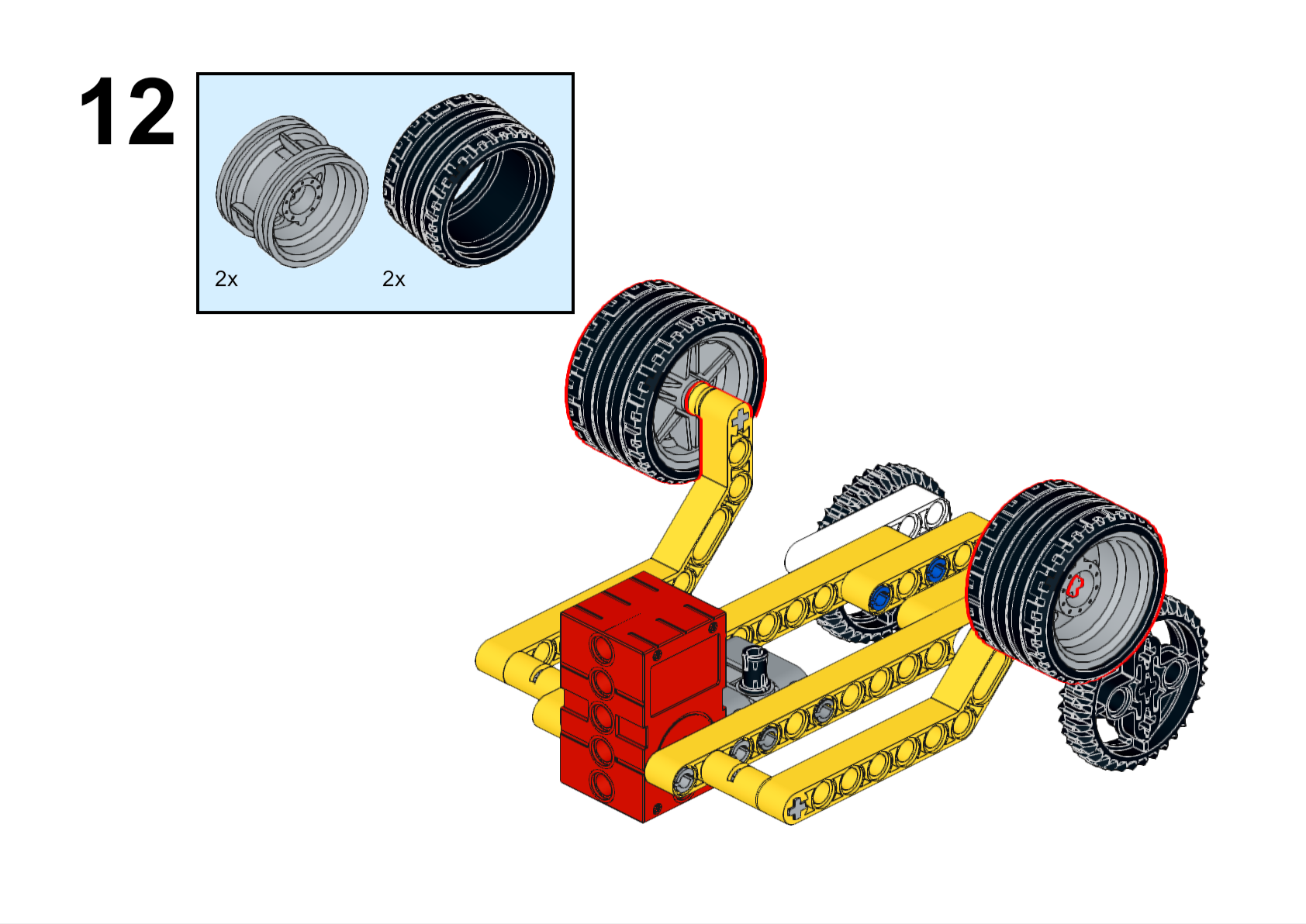
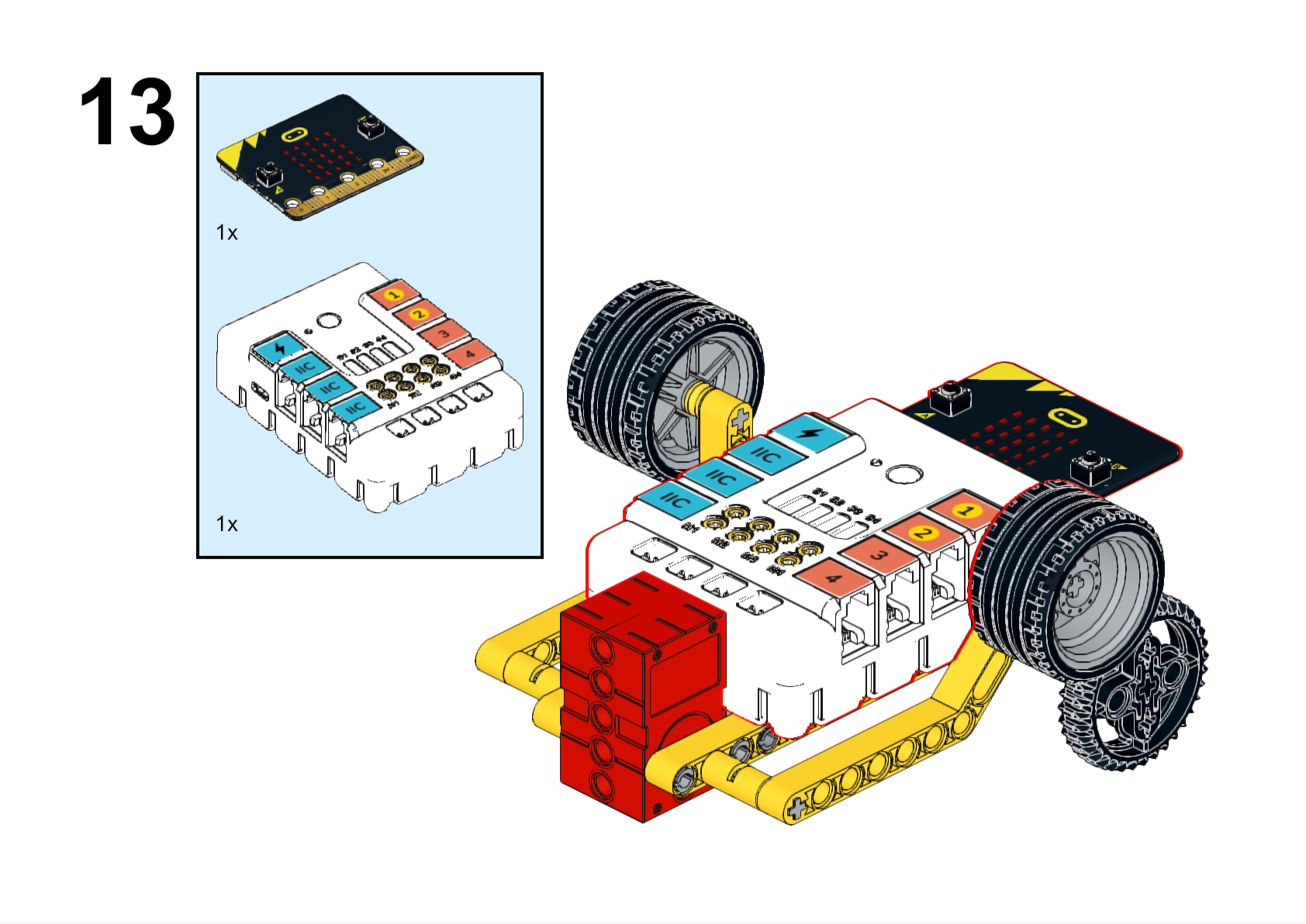
Completed

Hardware Connection
Connect the motor to M1 on Nezha expansion board.
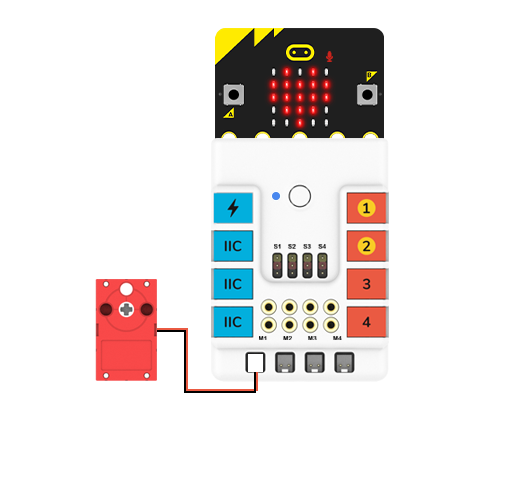
Programming
Go to makecode
Create new projects
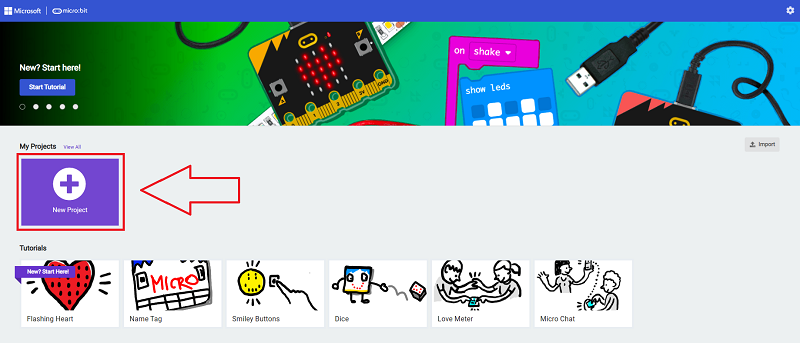
Click extensions
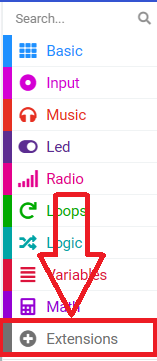
Search with nezha to download the package.
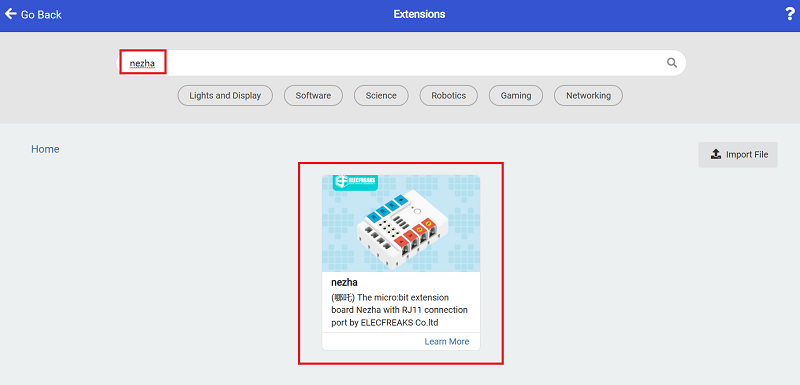
Code
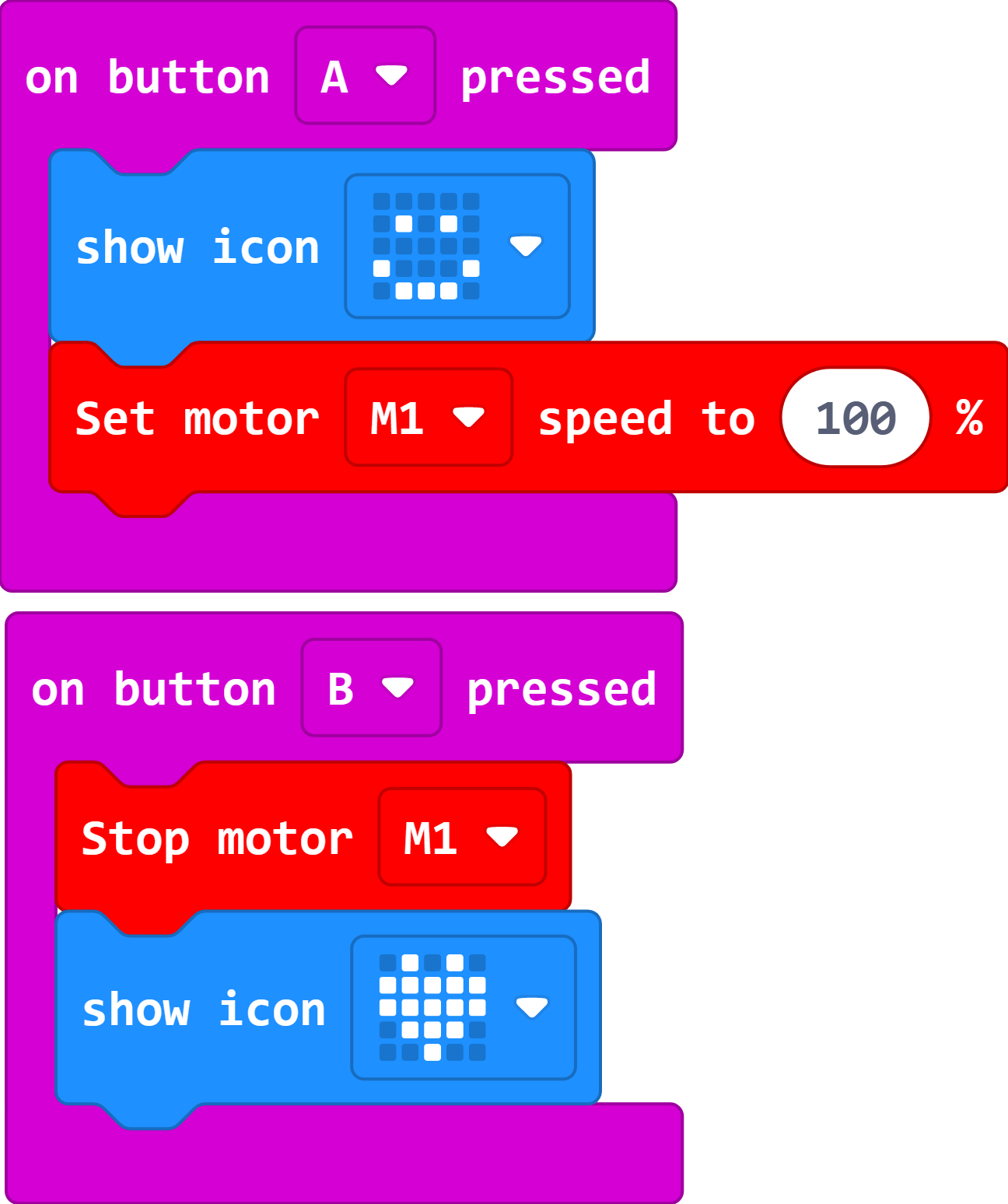
Link: https://makecode.microbit.org/_i3CacvKkc40L
You may download it directly:
Demonstration
Demonstrate in groups by having the robots in each group move from the start to the end at the same time and use a timer to record the time and compare the results and effectiveness of each group.
Result
Press the A button on the micro:bit to move the robot forward, press the B button on the micro:bit to stop the robot.

Reflection
Share in groups so that students in each group can share their production process and insights, summarise the problems and solutions they encountered, and evaluate their strengths and weaknesses.